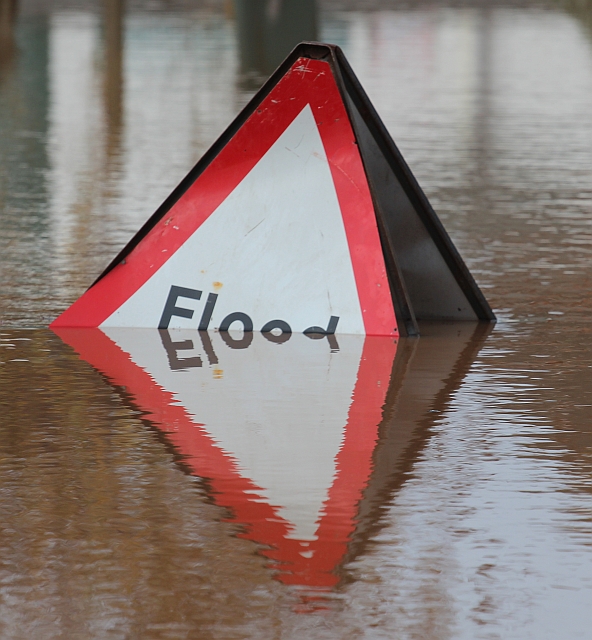
Whilst floods impact everyone, they are especially challenging for the elderly and people with disabilities. “Depending on the severity of the mobility issue,” writes Gerry Bucke, manager of Chartwell Mobility Insurance Services, “some people may require assistance to leave their homes. Negotiating floodwater in a wheelchair or mobility scooter is virtually impossible and if people become trapped, they can be exposed to water-borne diseases, raw sewage and the dangers of waiting for rescue.”
 Unfortunately, flooding like we’ve seen in the past few months is going to occur more frequently. A 2013 UN report on climate change confirms that human behaviour has caused global temperatures to increase. This has caused arctic sea ice to melt, sea levels to rise and record levels of precipitation.
Unfortunately, flooding like we’ve seen in the past few months is going to occur more frequently. A 2013 UN report on climate change confirms that human behaviour has caused global temperatures to increase. This has caused arctic sea ice to melt, sea levels to rise and record levels of precipitation.
So if extreme weather is here to stay, what is being done to reduce the risk to the nation’s elderly and disabled people?
In truth, shamefully little. Even after the floods of 2007, which were deemed the biggest peacetime civil emergency since the Second World War, only a fraction of money for flood risk reduction now goes to helping local communities build their own resilience and action plan.
What can we learn for other countries?
Other countries, such as Bangladesh and the Philippines, have shown just how effective risk reduction plans can be. According to CAFOD’s disaster risk reduction adviser Dr Kate Crowley, Bangladeshi communities hold regular town meetings to plan evacuation strategies, ensuring that people with disabilities and the elderly are always taken care of.
Similarly, the tiny Philippines island of Tulang Diyot evacuated every one of its 1,000 residents before Typhoon Yolanda – a vicious storm which went on to flatten every building on the island. It was all down to risk reduction and prioritising the rescue of vulnerable residents.
However, there are also many countries struggling with the disability issue of disaster management. Statistics from the Japanese earthquake and tsunami in 2011 show that the mortality rate among people with disabilities was double that of the rest of the affected population. Sae Kani, who has worked across Southeast Asia with disabled people, said, “They are always the last ones to be counted. They don’t come to collect the emergency relief items… they are always invisible.”
This issue was embodied at the Global Platform for Disaster Risk Reduction by 11-year-old Danh from Vietnam. Danh has a physical disability and told the conference how frightened he was when his Quang Nam village flooded. “From that experience, whenever I see floods and rain, I feel very scared. I beg you: please develop a flood preparedness plan and evacuate kids with disabilities to a safe place, and please teach us and our family members about how to be ready for floods.”
How should we adapt?
As extreme weather becomes more of an issue, the UK needs to “encourage locally-managed disaster risk reduction, and introduce more community flood forums which would help vulnerable people living on flood plains to adapt and plan ahead,” says the CAFOD.
Historically, the changeability of British weather has made it very difficult to prepare for extremes. Our weather patterns fluctuate according to the position of the jet stream, meaning we experience exceptionally cold, warm or windy weather for short periods of time. However, research suggests that the recent warming of the Arctic has caused the jet stream to change, sending “conveyor belts” of weather to the UK that stay for longer periods of time, which explains the increased levels of rain.
Whilst the floods of 2013/14 do not equate to the typhoons of the Philippines or the earthquakes of Japan, our climate is changing and vulnerable people are at risk. Therefore, disaster risk reduction needs to be disability inclusive, and communities need to have access to resources that allow them to plan evacuation strategies, ensuring that people with disabilities and the elderly are always taken care of.
